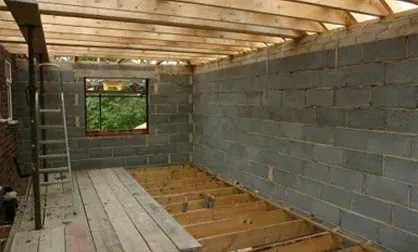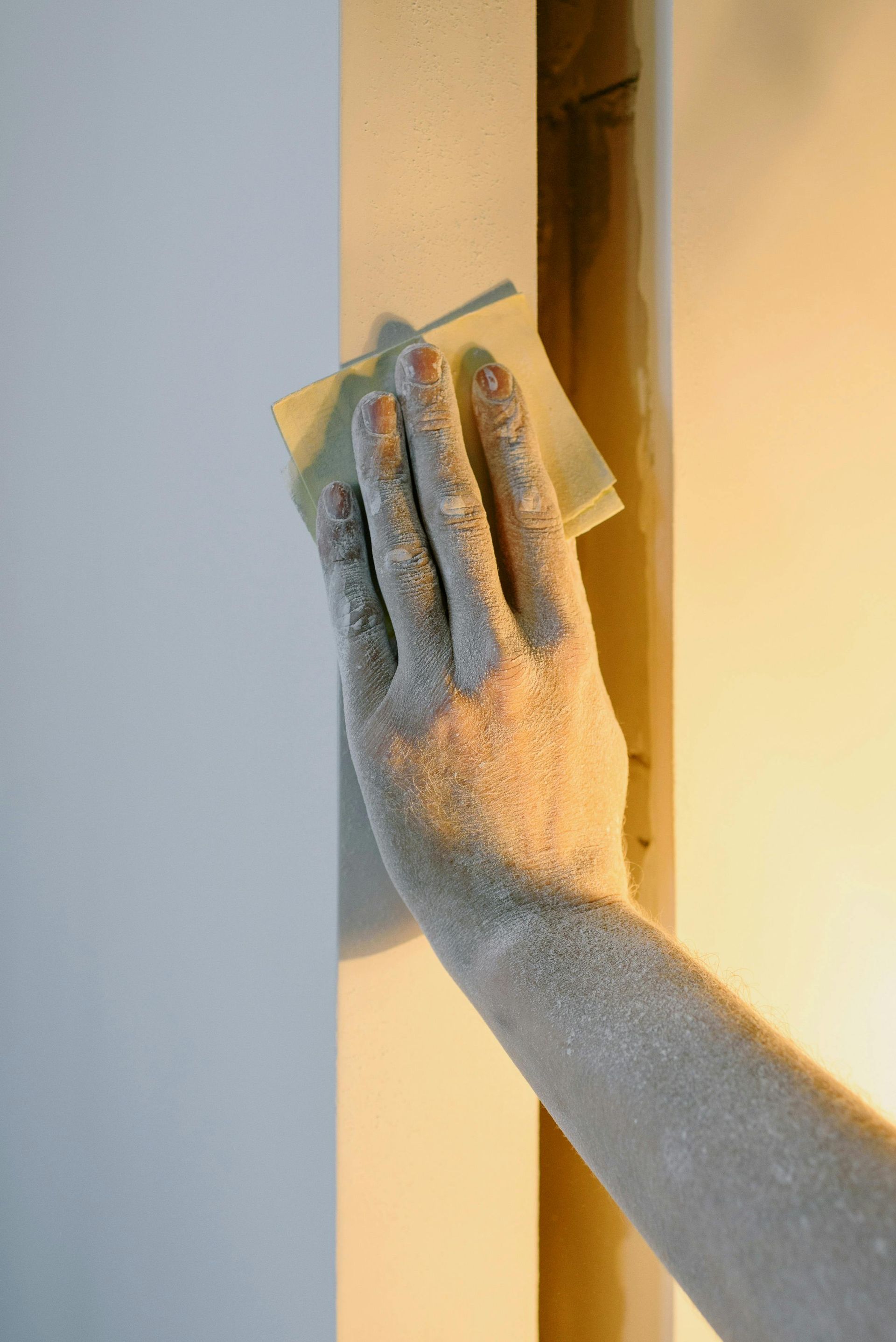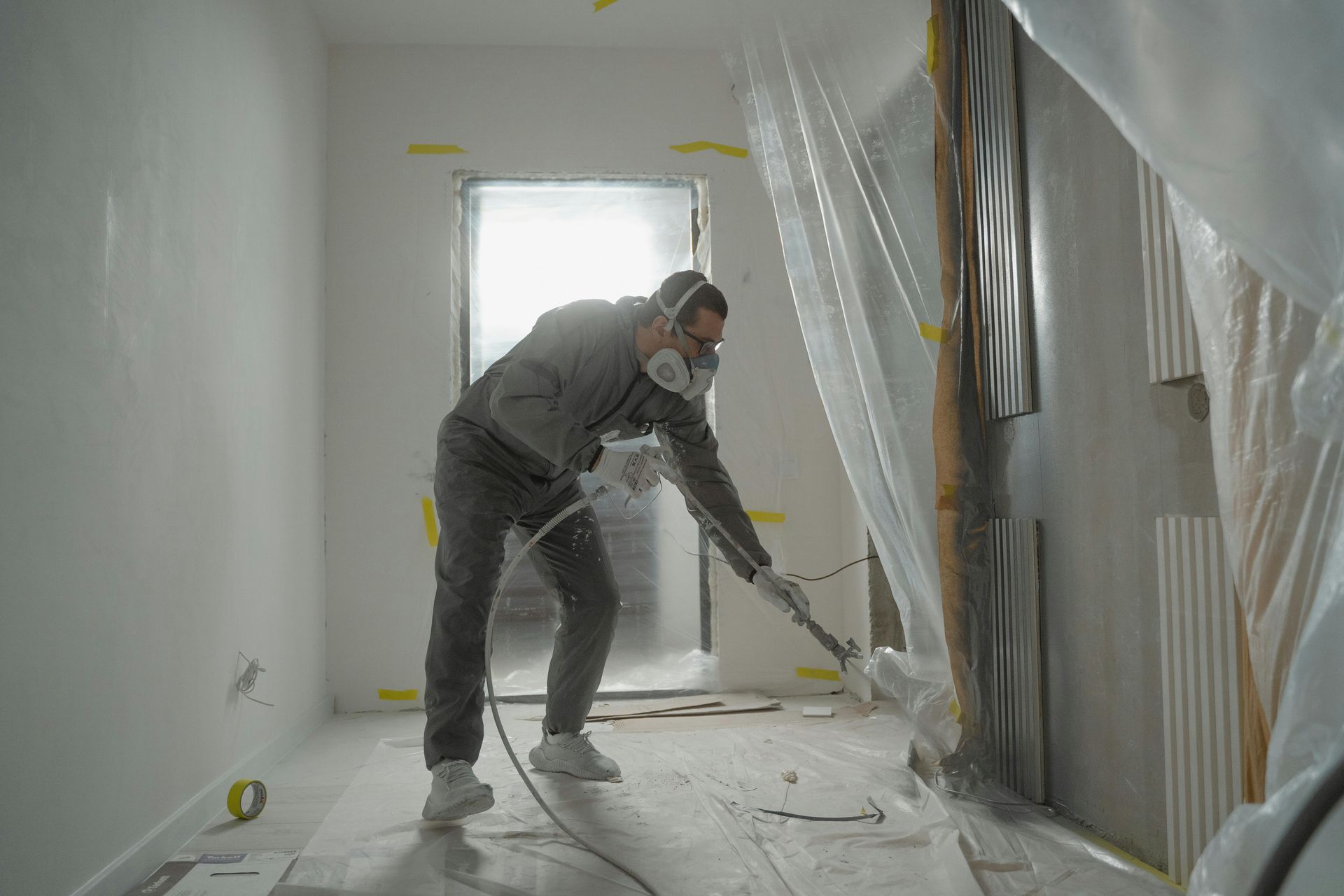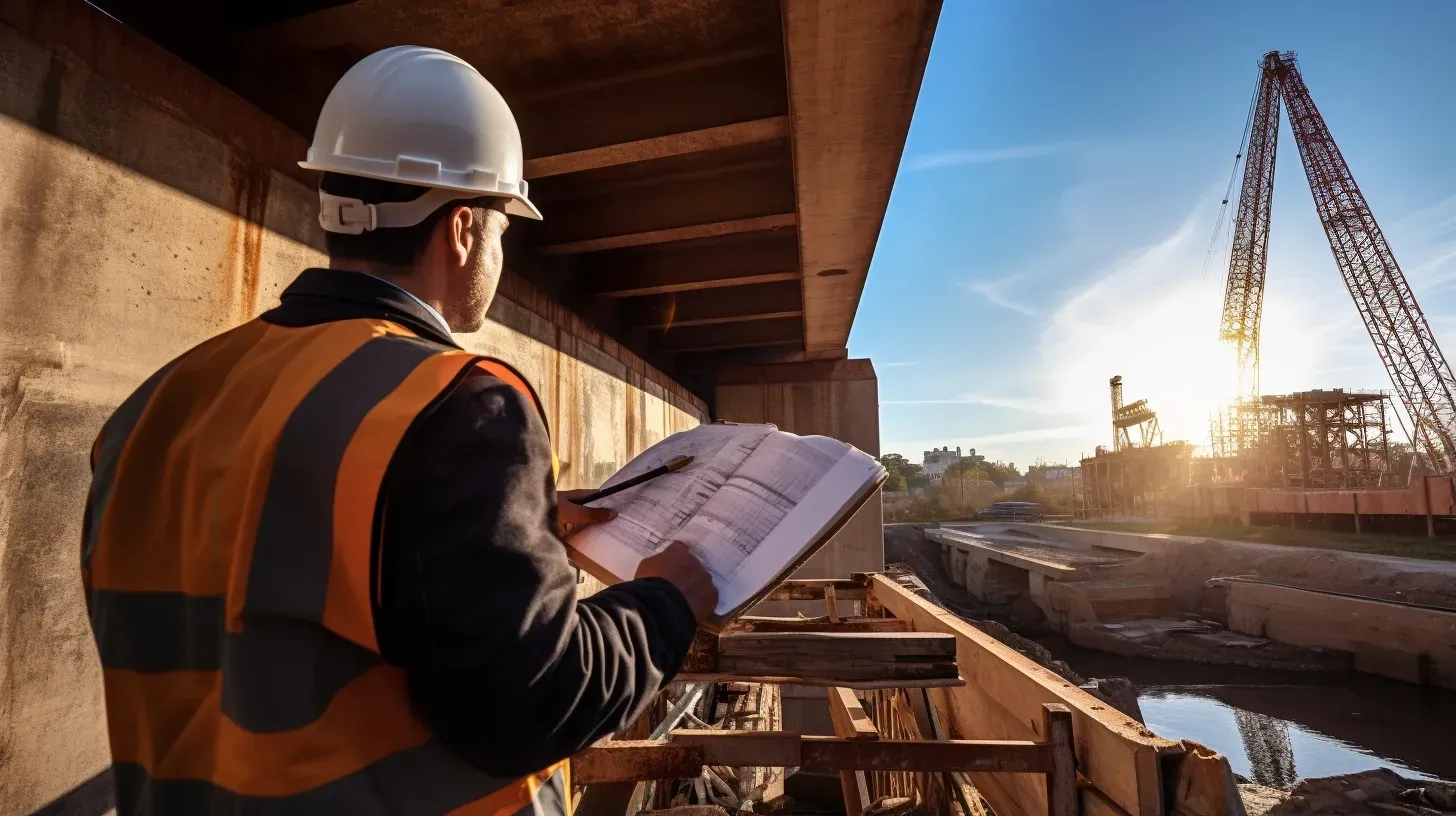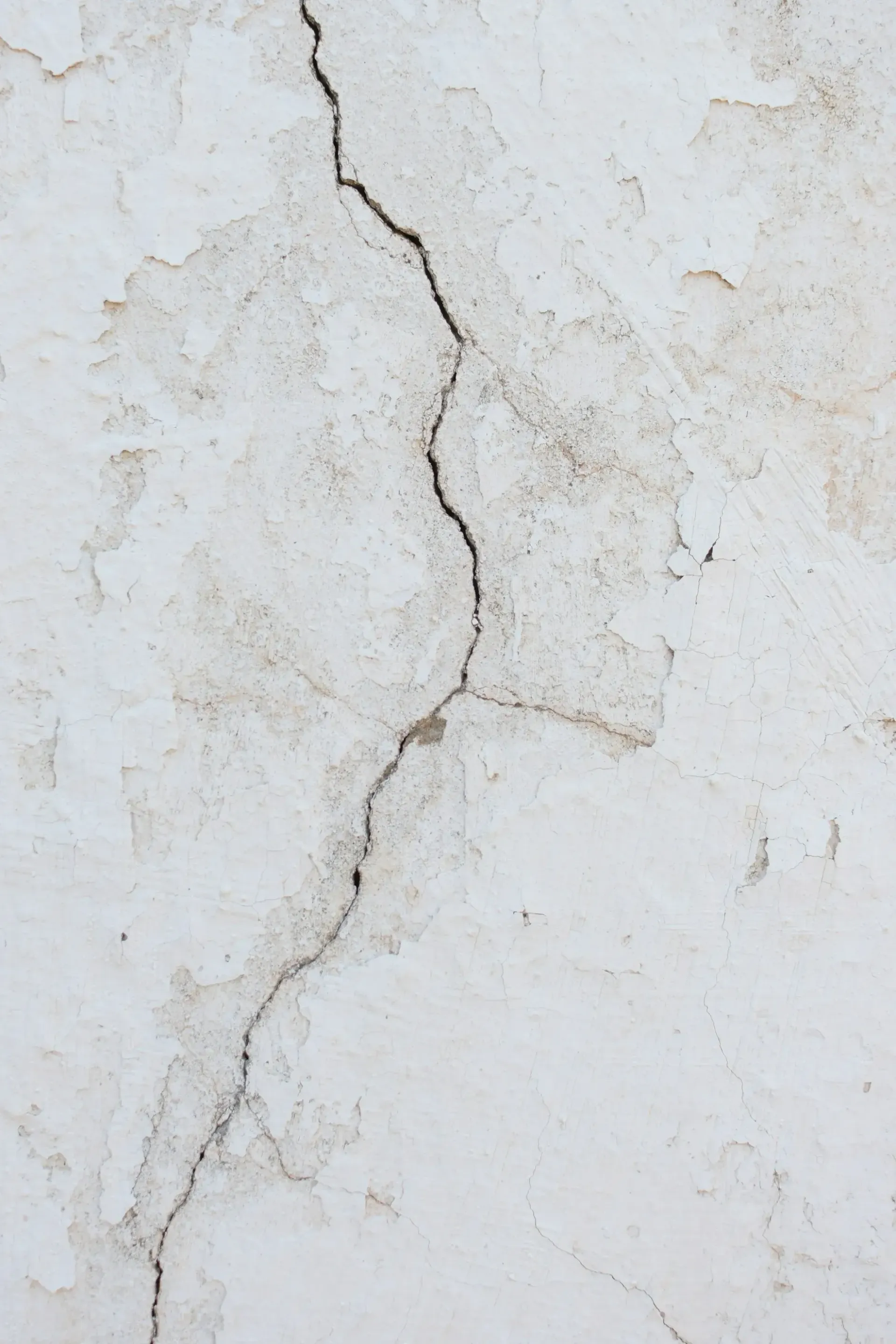CALL US TODAY · 980-522-7581
508 N Oakland Street, Dallas, NC 28034
Fax: 704.263.11199
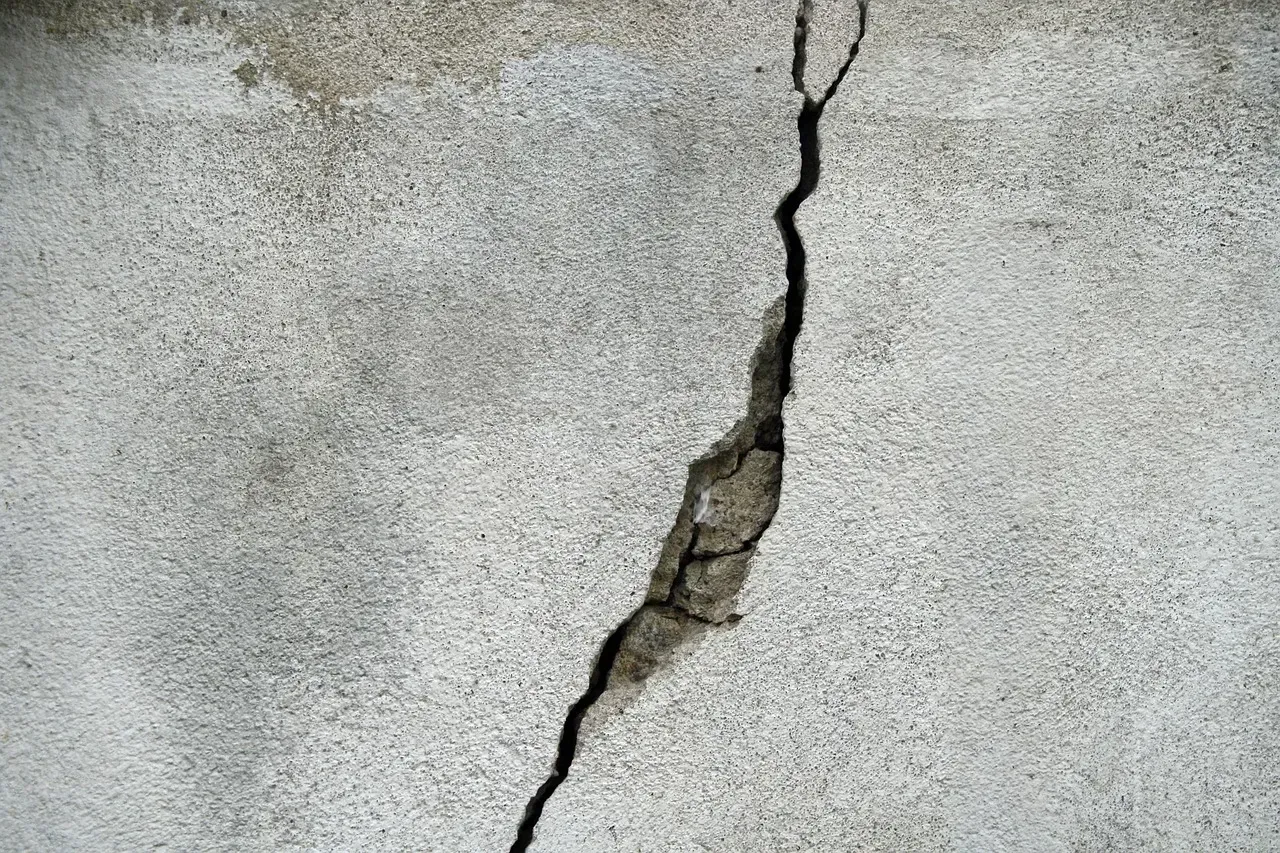
Can You Do Structural Repairs Yourself?
Structural repairs are no joke. They involve fixing the core parts of a building, like its foundation or the walls that hold everything up. If these parts start to fail, the entire structure can become unstable. As a homeowner, the idea of saving money by doing the repairs yourself might sound tempting. But the big question is—should you?
The truth is, not all structural repairs are DIY-friendly. Some issues can be small and easy to handle with the right tools and a bit of patience. But others might require expert knowledge and experience to ensure the job is done right. The last thing you want is a quick fix that turns into a bigger, more expensive problem later on.
In this blog, we'll break down what kinds of repairs homeowners can tackle and when it's best to call in the pros. That way, you can make an informed decision about whether you should do it yourself or get help from a structural repair expert.
What Structural Repairs Can Homeowners Do Themselves?
Some structural repairs are simple enough for a handy homeowner to handle. These tend to be minor issues that don’t affect the overall stability of your home. For example, small cracks in drywall or patching minor cracks in a non-load-bearing wall can often be fixed without professional help. These jobs are fairly straightforward, and there are plenty of DIY guides that can help you get them done safely.
Other manageable tasks might include fixing loose doors or windows that no longer fit properly due to minor settling of the house. These types of repairs don’t typically involve major structural components and can be done with basic tools and some knowledge.
However, the key here is to accurately assess the extent of the damage. Just because a crack looks small doesn’t mean it’s harmless. Some surface issues could be signs of much bigger problems lurking beneath. If you're unsure, it’s always better to consult a professional before attempting the repair on your own.
When Should You Call a Professional?
Not all structural repairs are safe to tackle on your own. Some issues go beyond basic fixes and require the skills and expertise of a trained professional. The general rule? If the damage involves load-bearing walls, the foundation, or anything that affects the overall stability of your home, it’s time to bring in an expert.
For example, significant foundation cracks, sagging roofs, or large shifts in your home’s structure are red flags. These types of repairs often require specialized equipment and a deep understanding of building codes and safety standards. Attempting to fix them without proper knowledge can not only make the problem worse but also put you and your family at risk.
Another situation that calls for professional help is when the repair requires a permit. In many areas, structural changes—especially those involving foundation work or major alterations to walls—need approval from local authorities. This ensures that the work meets safety regulations. Professionals are familiar with these requirements and can handle the paperwork, saving you time and hassle.
Ultimately, if you find yourself second-guessing your ability to handle the job, it’s best to consult a professional. Structural repairs are about more than just appearances; they’re about safety and the long-term value of your home.
The Risks of DIY Structural Repairs
Attempting structural repairs yourself can be risky, especially if you don't have the right knowledge or tools. One of the biggest risks is making the damage worse. What starts as a small crack could become a bigger issue if it’s not repaired properly. Even minor errors can lead to more costly repairs down the line, sometimes even requiring a professional to fix not just the original problem, but the mistakes made during the DIY attempt.
Another risk is safety. Structural repairs often involve load-bearing elements, like beams or walls, that keep your house stable. If something goes wrong during the repair, you could end up with a partial collapse or other dangerous situations. The safety of your family and home isn't worth cutting corners.
There’s also the risk of not meeting local building codes. Most structural work, especially on foundational or load-bearing parts of the house, has strict regulations. Failing to meet these requirements can lead to fines, or worse, having to redo the work altogether, often at a much higher cost.
In short, while DIY can seem like a cost-saving option, the risks can quickly outweigh the benefits. If you’re not fully confident in your ability to handle the job, it’s safer to let a professional handle the repairs.
What You Need to Consider Before Starting a DIY Structural Repair
Before jumping into any structural repair project, there are several important factors to consider. First and foremost, assess your skills and experience. Structural repairs are not like cosmetic fixes; they require a solid understanding of how your home is built and how different components interact. Ask yourself: Do you have the knowledge to handle the repair safely and effectively?
Next, think about the tools and materials you’ll need. Structural repairs often require specialized equipment that many homeowners don’t have lying around. For instance, tasks like fixing foundation cracks or reinforcing beams can involve heavy-duty tools that aren't part of the average toolkit. Renting or buying this equipment can drive up costs, and using the wrong tools could lead to errors.
Another key factor is time. DIY structural repairs can be time-consuming, especially if it’s your first time tackling a major project. Be realistic about how much time you have to commit, and whether you can finish the job without leaving your home vulnerable to further damage.
Finally, don’t forget to check local building codes and permits. Many structural repairs require permits to ensure the work is up to code. Ignoring this step can result in fines or having to redo the work. It's always best to check with local authorities before starting any structural project to avoid legal complications.
Taking these factors into account will help you determine whether you're ready to take on the repair yourself or if it’s time to call in a pro.
Cost Comparison: DIY Structural Repair vs. Hiring a Professional
When it comes to structural repairs, one of the main reasons homeowners consider DIY is to save money. But is it always cheaper? Let’s break down the costs.
For smaller repairs, like patching a crack or fixing a small section of drywall, DIY can indeed be more affordable. You’ll likely spend on materials like plaster, sealant, or tools, but the overall cost will generally be low. However, for larger structural issues, the costs can add up quickly. Renting specialized equipment, buying high-quality materials, and investing your own time can turn a seemingly affordable project into a more expensive one than you originally anticipated.
Hiring a professional might seem costly upfront, but it comes with several advantages. First, you’re paying for expertise. Professionals know how to assess the problem accurately and use the right materials and techniques to ensure a lasting fix. This reduces the risk of future issues, which could save you from costly repairs later on. Professionals also come with insurance, so if anything goes wrong, you’re covered.
Additionally, structural repairs done by licensed contractors typically add value to your home. If you ever decide to sell, potential buyers may look for proof that repairs were handled by professionals, which can give them peace of mind and protect your investment.
In the end, while DIY might save money on small repairs, the risks and potential long-term costs often make hiring a professional the more economical choice for major structural repairs.
Step-by-Step Guide for Simple DIY Structural Repairs
If you've decided to handle a minor structural repair yourself, it's crucial to follow a clear and safe process. Here’s a step-by-step guide to help you tackle some of the simpler fixes, like patching small cracks in walls or repairing slightly shifted doors.
Step 1: Identify the Problem
First, make sure you understand the full extent of the damage. A small crack might seem minor, but if it’s part of a larger issue like foundation settling, it could indicate deeper problems. For small cracks that don’t affect load-bearing walls, you can proceed with the repair.
Step 2: Gather the Right Tools and Materials
Before starting, ensure you have all the necessary tools. For most small repairs, you’ll need:
- Plaster or crack filler
- A putty knife
- Sandpaper
- A level (for shifted doors or windows)
- Paint (if you plan to finish the area afterward)
Step 3: Prepare the Area
Clean the damaged area thoroughly. Dust, debris, or loose plaster can prevent the filler from adhering properly. If you’re working on a door or window, make sure the frame is clear and check for any warping.
Step 4: Apply the Repair
For cracks in walls, apply the filler using a putty knife. Smooth it over the crack, ensuring it’s pressed firmly into the space. For shifted doors or windows, use a level to check the alignment and make any necessary adjustments to the frame.
Step 5: Sand and Finish
Once the filler is dry, sand it down until the surface is smooth and blends with the surrounding wall. If you’ve repaired a door or window frame, test the movement to ensure it opens and closes smoothly.
Step 6: Paint and Final Touches
If your repair involves a wall or ceiling, finish the job by painting over the patched area. This will help the repair blend seamlessly with the rest of your home.
Following these steps will help ensure your DIY repair is done properly. However, always remember that for more complex structural repairs, it’s best to consult a professional.
Common DIY Structural Repair Mistakes to Avoid
Even with the best intentions, DIY repairs can go wrong if you’re not careful. Here are some common mistakes homeowners make when attempting structural repairs themselves—and how to avoid them.
1. Underestimating the Severity of the Damage
One of the most frequent mistakes is thinking a surface crack is just cosmetic. Small cracks could be signs of deeper structural issues, like foundation movement or moisture problems. Before you start any repair, make sure you understand the full scope of the damage. If you're not sure, it's better to get a professional opinion.
2. Using the Wrong Materials
Not all fillers or patching materials are made for structural repairs. Using the wrong kind can result in a weak fix that won’t last. Always make sure to use materials that are specifically designed for structural repairs. Cheap or incorrect materials can end up costing more in the long run when they fail.
3. Skipping Building Codes and Permits
Structural repairs often need to comply with local building codes. Some homeowners skip this step, thinking it’s unnecessary for minor work. However, failing to meet code requirements can lead to fines or having to redo the work. Always check your local regulations before starting any repair project.
4. Ignoring Safety Precautions
Structural repairs can be dangerous, especially when dealing with load-bearing walls or foundation issues. Homeowners sometimes neglect safety equipment or fail to brace walls properly before making repairs. Always prioritize safety by using protective gear, following proper procedures, and ensuring your workspace is secure.
5. Rushing the Job
Many homeowners rush through repairs to save time, but cutting corners can lead to bigger problems down the road. Take the time to do each step carefully, especially when filling cracks or adjusting doors and windows. Proper preparation and execution are key to a long-lasting repair.
Avoiding these common mistakes will help ensure your DIY repairs are successful and reduce the risk of costly future repairs.
Conclusion
Deciding whether to handle structural repairs yourself comes down to understanding the severity of the problem, your skills, and the risks involved. For minor issues like small cracks or shifted doors, DIY can be a cost-effective option—if you know what you’re doing. However, for major structural damage, such as foundation issues or load-bearing walls, it’s safer and smarter to call in a professional. Structural repairs aren’t just about making your home look better—they’re about ensuring your home’s safety and longevity.
If you’re dealing with a serious structural problem and want to avoid the risks of DIY, it’s best to rely on professionals who understand the complexities of home repairs. For homeowners in Charlotte, Concord, Gastonia, Mooresville, and Shelby, Structural Works Group is a trusted provider. They specialize in a wide range of services, including:
- Structural Repair
- Foundation Repair
- Home Inspection Repairs
- Crawlspace Remediation
- Basement Wall and Concrete Slab Repairs
- Wood Deck Inspection and Repair
- FHA, VA, and HUD Foundation Repairs
Structural Works Group ensures high-quality service tailored to the specific needs of your home, helping you maintain the stability and value of your property. Whether it's a foundation issue or a simple inspection repair, they’ve got you covered. Don’t take chances with your home’s structural integrity—reach out to Structural Works Group today for expert advice and professional solutions.
Send us a Message
We will get back to you as soon as possible
Please try again later

